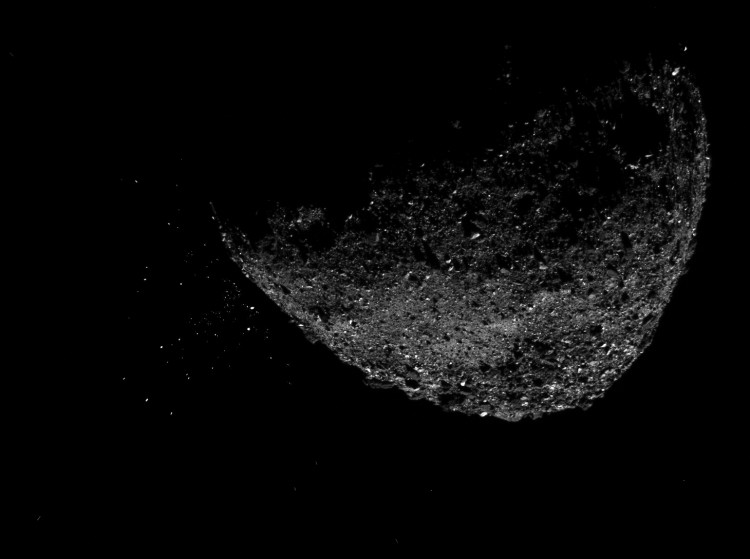Something spectacular dropped out of the sky over Sudan in 2008, shattering into pieces across the vast, arid expanses of the Nubian Desert.
This cosmic object became known as Almahata Sitta: a cluster of approximately 600 meteorite fragments, painstakingly recovered by scientists, and taking its name - 'Station Six' - from the local train station.
What was remarkable about Almahata Sitta is that it represented something groundbreaking in astronomy: the first time scientists had accurately expected an asteroid impact in advance.
Since then, the 2008 TC3 asteroid splinters have been studied by experts, searching for chemical hints as to the source of this elusive, far-flung traveler.
Now, a new study pieces out a fascinating backstory.
Looking at the splinters, it can tell us about the 2008 TC3, which in turn can tell us where the 2008 TC3 itself originated from - like an astronomical sequence of nesting Matryoshka dolls.
"Our surprising result suggests the existence of a large, water-rich parent body," says first author and Planetary Geologist Vicky Hamilton of the Southwest Research Institute in Boulder, Colorado.
The spectral analysis showed what the scientists did not intend to discover. An exceptionally rare type of hydrated crystals, known as amphibole, was contained within the shard - a fragment called AhS 202.
This mineral type demands extended bouts of intense heat and pressure to develop, of a sort not generally considered likely in carbonaceous chondrite (CC) meteorites.
The implications suggest that 2008 TC3 most likely once belonged to a much, much larger body - something so massive, in particular, that it may be in the same class as Ceres: the dwarf planet, which is the largest known object in the main asteroid belt of the Solar System, between the orbits of Mars and Jupiter.
Although this enigmatic, massive asteroid is believed to no longer exist, the fact that it once populated our Solar System indicates that more of its kind may possibly have done the same, even if we did not find signs of these huge, water-rich bodies in recovered meteorite fragments prior to 2008 TC3.
Just like the Ryugu and Bennu asteroids reveal several differences of composition that vary from other known meteorites, the 2008 TC3 splinters indicate that there are more space rocks than existing theories can completely describe.
The researchers note that they do not propose that AhS 202 be a spectral analog for Bennu or Ryugu; rather, AhS 202 is a serendipitous source of knowledge on early Solar System materials that are not represented by entire meteorites in our collections," the researchers conclude.
The observations are published in Nature Astronomy.






